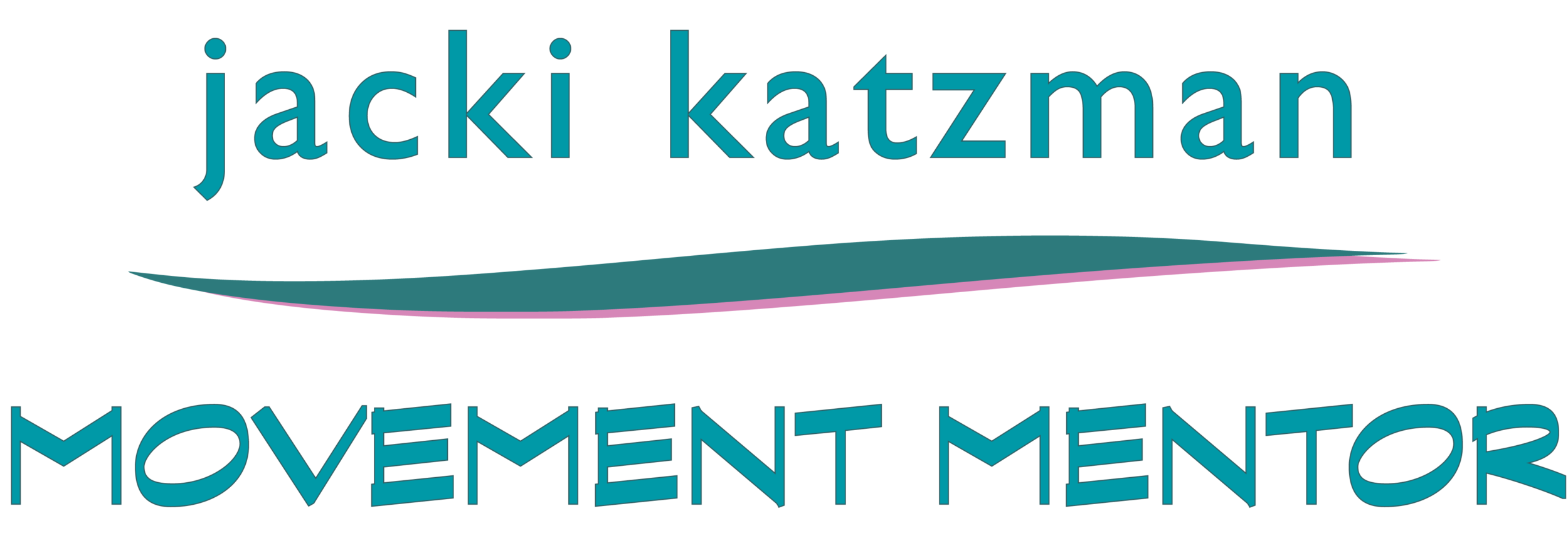Research Says: Walking An Undefined Path Enables Divergent Creativity
Unstructured Movement Enables Creativity
Researchers in Germany use eye blinks, chairs and lots of charts to demonstrate that unstructured walks enhance divergent thinking
In Motor restrictions impair divergent thinking during walking and during sitting, Researchers from the University of Wuerzburg, Germany, Supriya Murali and Barbara Händel employed eye blinks, dopamine levels, restricted paths, and chairs to validate Moshe Feldenkrais’ theory that a flexible body leads to a flexible mind.
Free walking has been shown to have the most benefit for divergent thinking. Divergent thinking, is the ability to come up with new ideas or solutions to a single problem, and is one type of creativity.
The paper details various experimental techniques, scoring techniques and numerous charts. There is a significance of eye movements correlating to creativity: blinking may indicate creative brain activity.
Experiments tested the creativity of people (1) walking freely; (2) walking in a constrained path; (3) sitting freely; (4) sitting at a fixed distance from a screen.
“Our research shows that it is not movement per se that helps us to think more flexibly,” says neuroscientist Dr. Barbara Händel from Julius-Maximilians-Universität Würzburg (JMU) in Bavaria, Germany. Instead, the freedom to make self-determined movements is responsible for it.
Accordingly, even small movements while sitting can have the same positive effects on creative thinking. However, the researcher does not derive any concrete movement suggestions from her work: “The important thing is the freedom to move without external constraints.””
They conclude:
Our studies show that fluency and flexibility scores in a divergent thinking task are higher during unrestricted movement than during unrestricted movement… We ascribe this effect to a broadening of the attentional focus.
We propose that the size of the attentional focus during free movement influences divergent thinking.
A bias towards flexibility can be introduced by a broadening of attention (by walking freely).
Since most online teaching involves fixating on a computer screen, limiting head, eye and free body movements, simple and effective strategies such as introducing periods of free movements in between sessions of online teaching, even during sitting, can improve the flow of ideas and aid in the learning process.
As Dr. Feldenkrais said: “Movement is life. Life is a process. Improve the quality of the process and you improve the quality of life itself.” So keep moving, keep expanding, and enjoy.

